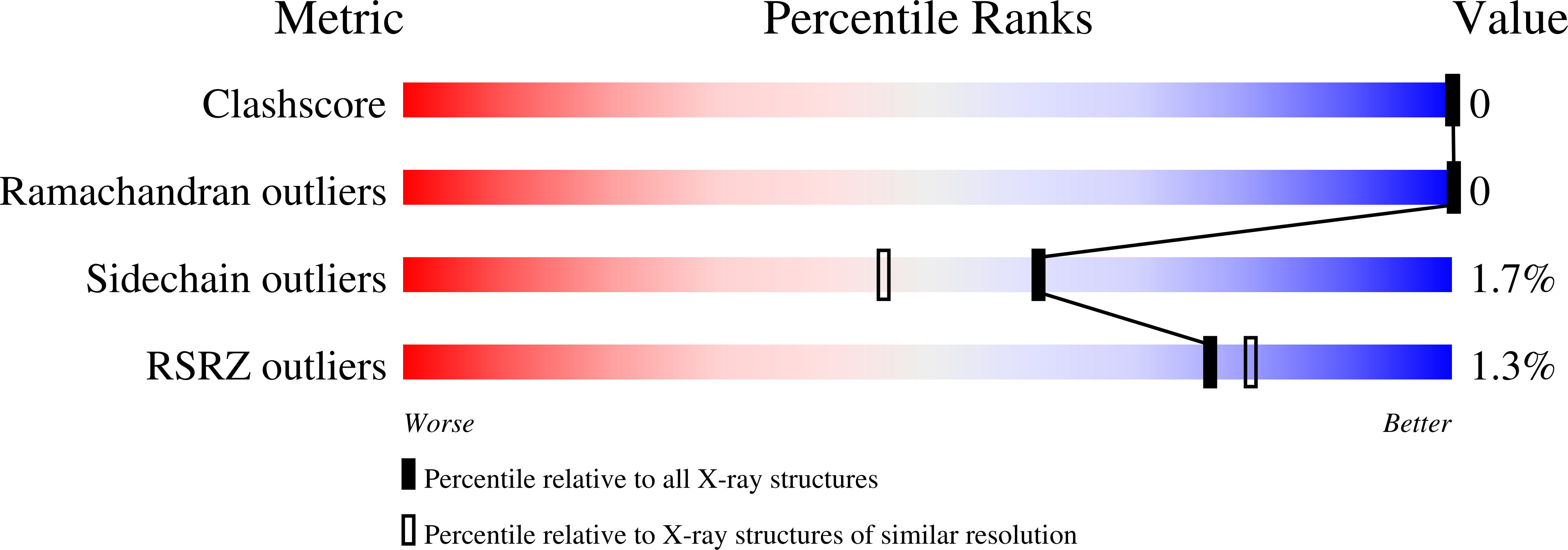
Deposition Date
2000-05-18
Release Date
2002-12-18
Last Version Date
2024-10-30
Entry Detail
PDB ID:
1F18
Keywords:
Title:
Crystal structure of yeast copper-zinc superoxide dismutase mutant GLY85ARG
Biological Source:
Source Organism:
Saccharomyces cerevisiae (Taxon ID: 4932)
Host Organism:
Method Details:
Experimental Method:
Resolution:
1.70 Å
R-Value Free:
0.23
R-Value Work:
0.19
Space Group:
H 3 2


